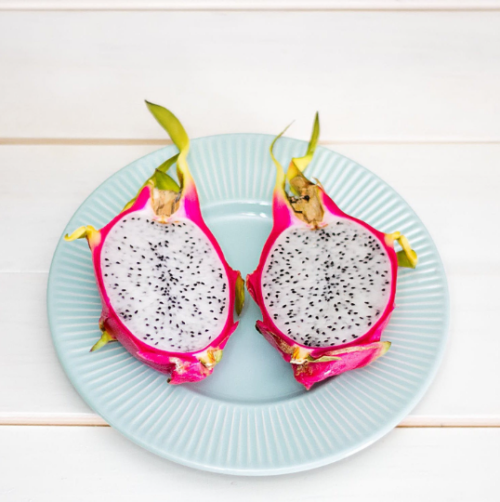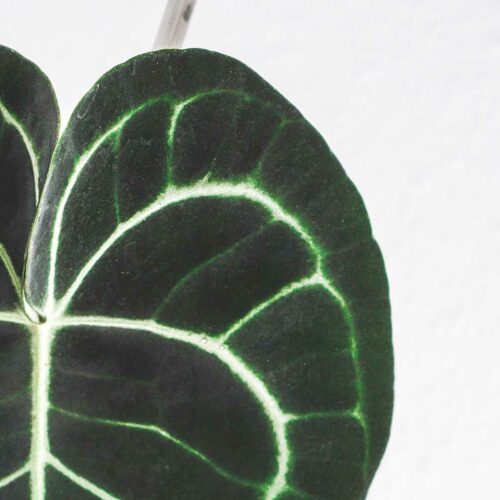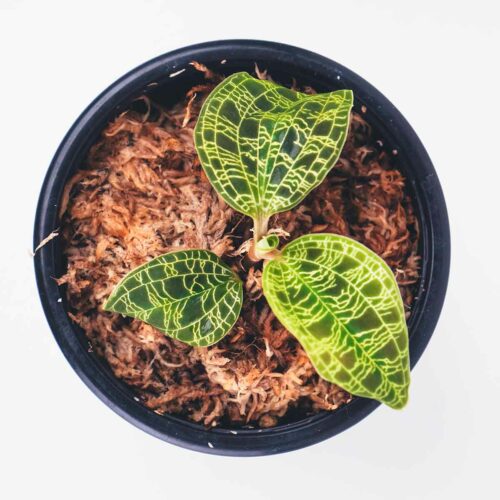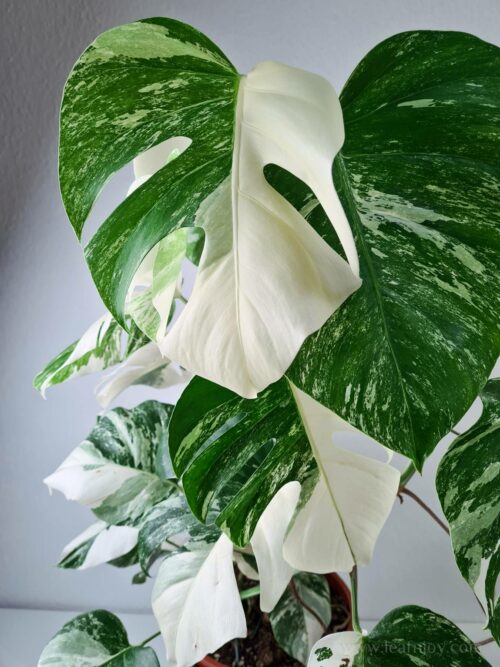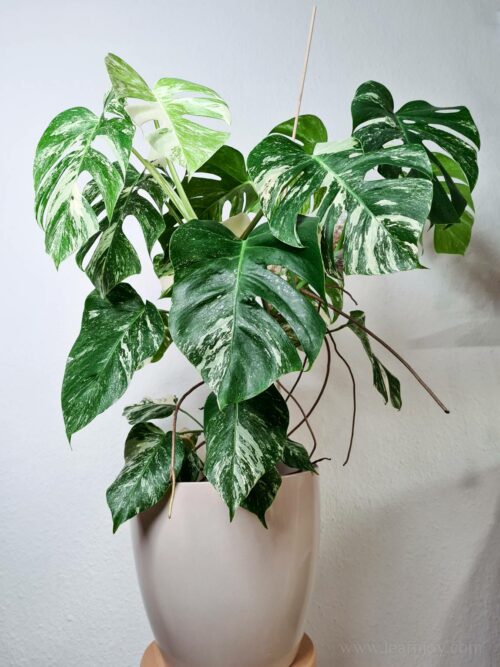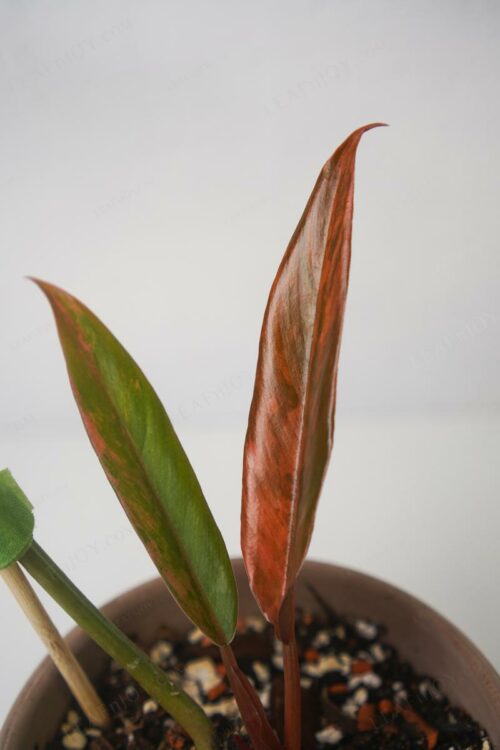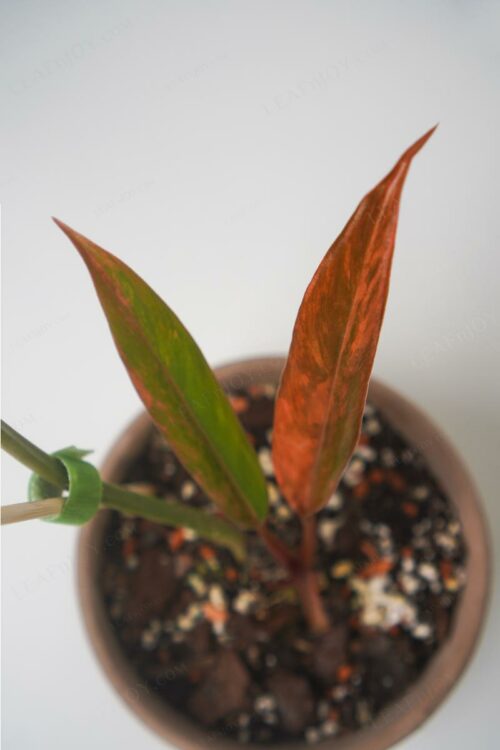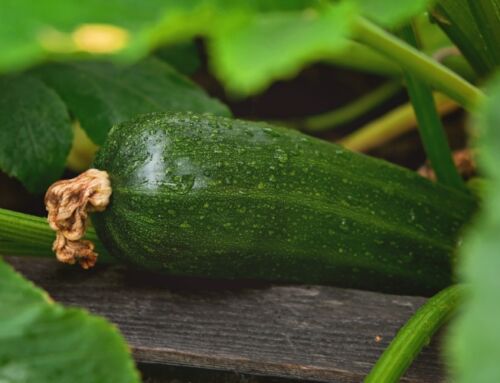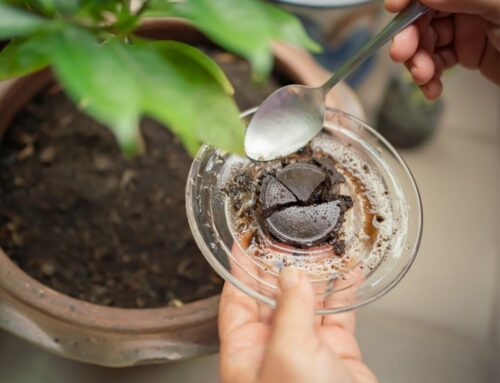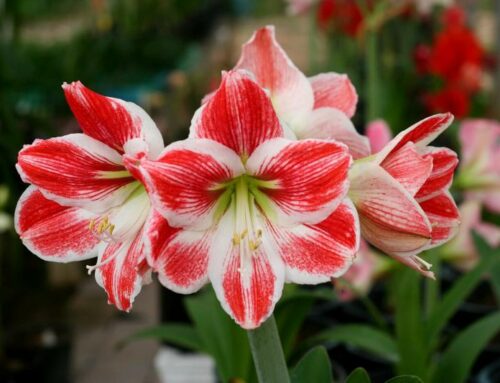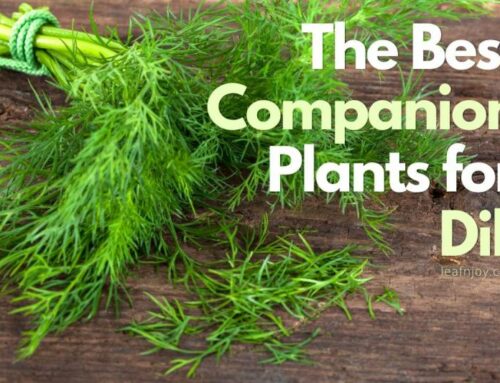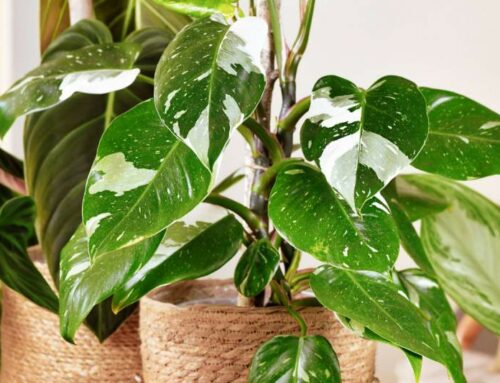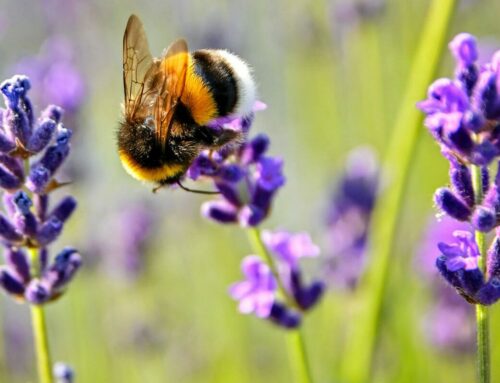Spinach, with its vibrant green leaves and nutrient-packed profile, has earned a well-deserved spot in every vegetable garden. But did you know that pairing spinach with certain companion plants can enhance its growth, deter pests, and improve overall yield?
Luckily, since spinach pairs well with a lot of other vegetables, herbs, and fruits, there are a lot of spinach companion plants to choose from, so you can opt for a combination that suits your garden without having to compromise.
In this article, we’ll delve into the world of spinach companion planting, exploring the benefits, recommended pairings, and practical tips to maximize your overall garden harvest.
This post may contain affiliate links. Read our Privacy Policy and Disclosure here.
Understanding Companion Planting
What is companion planting?
Companion planting is essentially friendship in the language of plants and gardening.
Companion planting is an ancient gardening technique that involves strategically planting different crops together to promote their mutual growth and ward off pests. By selecting the right companion plants, you can create a harmonious garden ecosystem, where each plant supports and benefits from the others.
Practical Tips for Spinach Companion Planting
Plan your garden layout: Before planting, carefully consider the layout and arrangement of your spinach and companion plants. Take into account their growth habits, spacing requirements, and the amount of sunlight they need to ensure each plant receives optimal conditions for growth.
Rotate your crops: To maintain soil health and prevent the buildup of diseases and pests, practice crop rotation. Avoid planting spinach in the same spot year after year and alternate with unrelated crops in different plant families.
Observe and adjust: Pay attention to the interactions between your spinach and companion plants. If you notice any negative effects, such as stunted growth or increased pest infestation, experiment with different companion plant combinations until you find the optimal arrangement for your garden.
The Benefits of Spinach Companion Plants
Pest Control
One of the primary advantages of companion planting is natural pest control by either using plants that can repel pests or by using those that are able to attract beneficial insects (i.e. natural predators of pests).
Spinach is delicious and not only for humans. All kinds of garden pests enjoy the leafy green goodness that spinach plants have to offer.
Therefore, in order to protect your spinach from unwanted dinner guests and still keep your garden as bio, eco and as bee-friendly as possible, it is a great idea to pair it up with other plants that can repel harmful pests.
Some companion plants act as natural repellents, deterring harmful insects and pests that can wreak havoc on your spinach crop. By integrating these companion plants, you can reduce the need for chemical pesticides, fostering a healthier, more sustainable garden.
Soil Enhancement
Companion plants can help improve soil fertility by fixing nitrogen, a vital nutrient for plant growth. Certain plants, known as nitrogen fixers, have the unique ability to convert atmospheric nitrogen into a usable form, enriching the soil and providing a nutrient boost to neighboring plants like spinach.
Spinach, being one of the garden vegetables that need a good amount of nitrogen to grow, will appreciate all the extra nutrients boost that are available. Unfortunately, fertilizers can be expensive, therefore, a more budget-friendly way to ensure your spinach plants are getting a sufficient dose of their needed nutrients is to pair them with other plants that act as nitrogen fixers.
Increased Yield
When pests are repelled and your spinach plants receive enough nutrients, your plants will grow large, happy, and healthy, and in turn, you can enjoy an increased and better quality harvest.
When you pair spinach with well-chosen companion plants, you can witness a boost in overall yield. Companion plants often work together to create an ideal microclimate, providing shade, wind protection, or acting as living mulch, which can result in healthier spinach plants and increased productivity.
Promotes Biodiversity
Monocultures, a typical problem of the modern world, are not sustainable in the long term and they are hamrful to the environment.
Companion planting encourages biodiversity by creating a diverse ecosystem in the garden. This can attract beneficial insects such as pollinators and predatory insects that prey on pests, creating a more balanced and healthy garden environment.
Growing multiple cultures at once can also have positive effects on the overall health of soil. Yes, you heard that right! Having healthy soil in your garden is pivotal for growing nutritious and vigorous vegetables, fruits, trees and herbs.
Crop Rotation
Opting to grow plants from different families together in a garden can help break the cycle of pests and diseases that may affect one specific family. This practice supports healthy soil and reduces the risk of pest and disease buildup over time.
If plants are paired correctly, there are many benefits to companion planting. So now let’s look at what are good companion plants for spinach.
The Best Spinach Companion Plants
Strawberries

The pairing of spinach and strawberries is a match made in gardening heaven. Strawberries act as living mulch, protecting the soil from excessive evaporation and weed growth. Their sprawling foliage provides shade for spinach during the hot summer months, preventing the spinach leaves from bolting prematurely. Therefore, when planted together, you would need to water your spinach plants much less often and would need to worry less about environmental stressors.
The benefits in short: Strawberry plants protect spinach from harsh weather conditions and from drying out.
How to plant spinach and strawberry plants together: Start by planting your strawberry transplants and ensure that the crow of each plant is at the same level as the surface of the soil. Leave about 10-15cm (4-6 inches) space between each seedling. Afterward, you can sow your spinach seeds directly around the strawberry plants and water thoroughly.
Nasturtiums

Nasturtiums are not only a visually appealing addition to your garden with their vibrant flowers but also excellent companions for spinach. Their pungent scent deters aphids and other leaf-eating insects that can damage spinach leaves. Nasturtiums can also attract beneficial predatory insects, such as ladybugs, which feast on pests that would otherwise harm your spinach crop.
The benefits in short: Nasturtium acts as a pest-repellent for aphids and at the same time attract beneficial insects (ladybugs) which are a natural control of many garden pests.
How to plant spinach and nasturtiums together: After your spinach plants sprout, you can sow nasturtium seeds or direct plant seedlings around your spinach plants. Ensure that the plants are not planted too close on top of each other to avoid overcrowding.
Radishes

When interplanted with spinach, radishes serve a dual purpose. Just like other root-vegetables, their quick growth helps break up compacted soil, creating an ideal environment for spinach roots to grow deeper. Additionally, radishes repel pests such as flea beetles, which are known to target spinach plants.
The benefits in short: Radishes (like other root-vegetables) help break up compacted soil, creating an ideal environment for spinach roots, and repel pests like flea beetles that target spinach plants.
How to plant spinach and radishes together: You can sow radishes and spinach seeds at the same time. Ensure that they are scattered around. Keep the soil consistently moist until both radishes and spinach sprout.
Beans
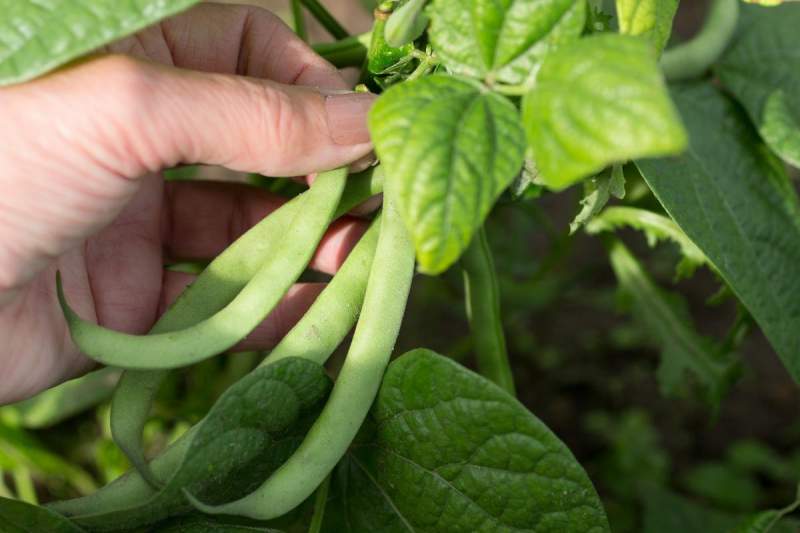
Benefits: Beans are nitrogen-fixing plants that improve soil fertility by converting atmospheric nitrogen into a usable form, providing a nutrient boost to spinach.
How to plant spinach and beans together: Sow spinach seeds in a prepared garden spot. Next on, sow the bean seeds around either in rows or in mounds (this will depend on the variety of beans taht you have). Water thoroughly and spread mulch around to retain moisture and keep weeds at bay.
Lettuce & Co

One of the most efficient plant combinations you can have in a garden bed is lettuce and spinach. Both are leafy green plants that require almost identical light and nutrient conditions. Both also have the same preferences regarding watering frequency.
Benefits: Lettuce and other salad greens like bok choy, eisberg, romana, etc have similar growth requirements to spinach, and their leaves provide shade to help retain soil moisture and regulate temperature.
How to plant spinach and other salads together: Sow lettuce seeds in one part of the garden bed and leave enough space between them as indicated on the package. Sow spinach seeds in the area right next to the lettuce seeds. Water thoroughly and ensure that the soil stays consistently moist to ensure successful germination.
Marigold

Marigolds can protect spinach from potential pests and thus offer a more eco approach to gardening as the need for chemical pesticides is reduced. Marigolds have a strong scent that repels many pests, including aphids, nematodes, and certain beetles. By planting marigolds near spinach, you can help deter these pests and reduce the risk of damage to your spinach plants. On top of that, Marigolds attract beneficial insects like ladybugs, which are natural predators of many garden pests.
How to plant marigold and spinach together: Star by sowing spinach seeds in rows and ensure that they are about 2-4 inches (4-6 cm) apart. Plant marigold seedlings in the free spaces between the spinach seeds.
Alliums
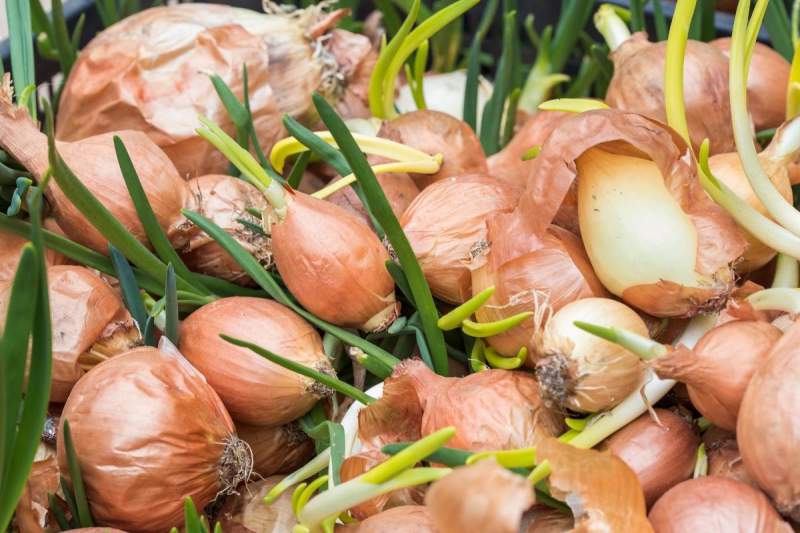
The genus Allium, which include plants like onions, garlic, and chives, and spinach are good companion plants for several reasons. The strong scent of Allium plants deters pests such as aphids, cabbage worms and slugs away from spinach. Allium grow vertically and this provides shade and support for low-growing spinach plants. Allium can also suppress weed growth, which means that spinach doesn’t have to compete for resources and nutrients.
Example of Allium plants that you can pair with your spinach: onions, garlic, leeks, chives, shallot, scallion
How to plant onions, garlic, chives and spinach together: Start by planting the Allium bulbs at the recommended depth based on their variety. Cover the bulbs with soil and tap the top, so the soil is a bit firmer. Next on, either sow spinach seeds or transplant seedlings and plants them around the Allium. Make sure that you don’t plant the spinach too deep. Water gently after planting.
Brassica (Cabbage & Co)

The genus Brassica, which includes vegetables like cabbage, broccoli, and kale, and spinach are considered good companion plants for a couple of reasons. Spinach and cabbage plants have similar nutrient and soil requirements, which makes fertilization easier and growing them in the same garden bed ideal. However, they don’t compete for resources as their root system spread to different levels.
Spinach benefits from the partial shade provided by the taller cabbage plants, helping it thrive in warmer months and reducing the risk of bolting.
However, a word of caution: Cabbage and spinach tend to attract the same garden pests so beware of unwanted visitors in your garden with this plant combination and consider planting nearby plants that also attract beneficial benefits, like Marigolds.
How to plant spinach and cabbage, kale, broccoli together: Depending on the specific Brassica variety (such as cabbage, broccoli, or kale), either sow seeds or transplant seedlings according to the recommended spacing.Sow spinach seeds or transplant seedlings in spaces between the Brassica plants. Spinach plants need less space, so you can plant them in the gaps. Follow the recommended spacing for spinach, which is usually a few inches apart.
Peas

Peas provide shade for spinach, preventing excessive heat and protecting the soil from moisture loss. Peas are legumes, known for their ability to fix nitrogen from the air and convert it into a usable form for plants. This means that as nitrogen fixers, peas contribute to soil fertility by adding nitrogen back into the soil. This natural fertilization benefits spinach plants, which thrive in nutrient-rich soil.
Planting peas and spinach together also saves space in a garden and makes efficient use of vertical space, as peas are climbing plants that require support, while spinach is a low-growing crap and can happily grow below the climbing peas.
How to plant peas and spinach together: Peas should be started by sowing seeds or planting seedlings in rows while leaving about 4-6 inches (around 10cm) between each plant. Afterward, you can sow the spinach seeds between the pea plants / seeds and water thoroughly.
Tomatoes

Tomatoes are great companion plants for spinach as they shade the soil, preventing excessive evaporation and helping to keep the soil moisture consistent, while also repelling certain pests that may affect spinach.
How to plant tomatoes and spinach together: Plant tomato seedlings in the garden by following the recommended spacing requirements depending on the plant variety. Between the tomatoes, plant spinach seedlings or sow seeds. Ensure that the soil remains evenly moist for the first few weeks.
Carrots

Carrots and spinach have similar soil requirements, preferring well-drained soil with organic matter. This makes them excellent neighbor plants.
They don’t compete for resources, as carrots develop a much deeper root system than spinach, whose roots remain shallow. This means that when planting these two vegetables together, you can use your gardening space much more efficient.
Apart from that, carrots help loosen the soil with their roots, improving soil structure and aeration, and attract beneficial insects that prey on pests.
How to plant carrots and spinach together: Start by sowing carrot seeds at the recommended distance. Between the carrot seeds, you can sow spinach seeds afterward. Water thoroughly and ensure that the soil remains moist but not waterlogged.
Borage

Borage, also known as starflower, and spinach are also a plant-combination to pair in your garden. Spinach is notoriously known to be the target of a lot of garden pests, here comes borage to the rescue.
Borage attracts not only pollinators but also other beneficial insects such as ladybugs and predatory wasps. By inviting natural predators of garden pests, borage acts as a protector for spinach.
Borage has long taproots that can penetrate deep into the soil, bringing up nutrients from lower layers. When the starflower plant eventually decomposes, it adds organic matter and nutrients to the soil, enriching it for the neighboring spinach plants.
How to plant spinach and borage together:Sow spinach seeds in shallow furrows in the soil (about 1 cm or ½ inch deep). The furrows should be about 30cm (12-16 inches) apart to ensure that the young spinach plants will have enough space to spread their roots. Next on, in adjacent furrows, plant the borage seeds and ensure the same spacing in between as with spinach. Water thoroughly to ensure good seeds-to-soil contact and maintain consistent moisture to ensure germination.
Beets

Spinach and beets make good companion plants as they have similar growing requirements (sun and soil), thus, allowing efficient space utilization in one’s garden. Apart from that, as a root vegetable with deep roots, beet will not compete with spinach for nutrients.
Similar to carrots, beet also helps loosen the soil around which promotes aeration. This helps nearby plants grow better due to extra oxygen supply to their roots.
Benefits: Beets enhance soil fertility by adding organic matter when their leaves decompose, and their strong scent deters pests like leaf miners that can damage spinach.
How to plant beets and spinach together: Place beet seeds in furrows about 1cm (½ inch deep) and lightly cover them with soil. Next on, spread the spinach seeds between the beats. Lightly cover them with soil and tap it to become a bit firmer. Water thoroughly and ensure that the soil stays moist but not waterlogged.
Chard

Char and spinach are a good plant combination in a garden. First of all, growing these two ensures efficient utilization of space in your garden as the chard produces much larger, taller leaves, whereas the spinach often remains compact with much smaller leaves.
Spinach and chard have the same soil, light and nutrient requirements, meaning that you can use the same fertilizer for both and can plant them happily together.
Spinach and chard do not fight for soil nutrients due to their different roots systems. Swiss chard have a taproot system, going much deeper in the soil, whereas spinach’s roots remain shallow and spread more on the surface.
How to plant chard and spinach together: Start by sowing the chard seeds in about 1cm (½ inch) deep furrows. Plant the spinach seeds in between the chard and cover all lightly with soil. Tap the soil to make it firmer and water generously.
Celery

Another vegetables’ combination that goes well together are spinach and celery.
If you have a small garden or want to keep the vegetable area more compact, these two can be grown happily together, maximizing the productivity of the garden area.
This is because spinach grows small and compact, whereas celery is much taller with an upright growth habit. By planting them together you can utilize both vertical and horizontal space at the same time.
How to plant celery and spinach together: Start by sowing the spinach seeds in shallow furrows, followed by the celery seeds in the same area. Water thoroughly after covering the seeds lightly with soil and keep consistently moist.
Zucchini
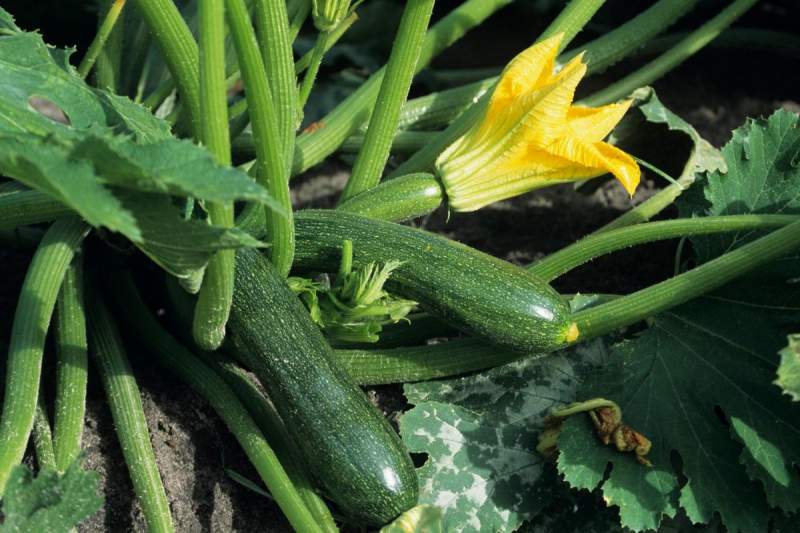
Another perfect garden combo when it comes to using efficiently space is spinach and zucchini.
Zucchini can also help shield spinach during hot spells with its leaves, leading to less watering requirements.
Word of caution: these two have quite similar nutrient requirements and their root system stay at relatively the same level. Therefore, monitor closely for nutrient competition and ensure that either the soil contains long-term fertilizer or you supply the plants regularly with a liquid one.
How to plant zucchini and spinach together: Either sow zucchini seeds or transplant seedlings in furrows. Plant spinach seeds in between the zucchinis, cover lightly with soil and keep the soil consistently moist but not waterlogged.
The Worst Spinach Companion Plants
Potatoes

Potatoes and spinach are not considered good companions. Potatoes require hilling up with soil as they grow, which can shade and compete with spinach. Additionally, both plants are susceptible to similar pests, such as flea beetles, which can increase the risk of pest infestation.
Sunflowers

Sunflowers have extensive root systems and can compete with spinach for water and nutrients. They can also cast excessive shade, which may inhibit the growth of spinach.
Corn
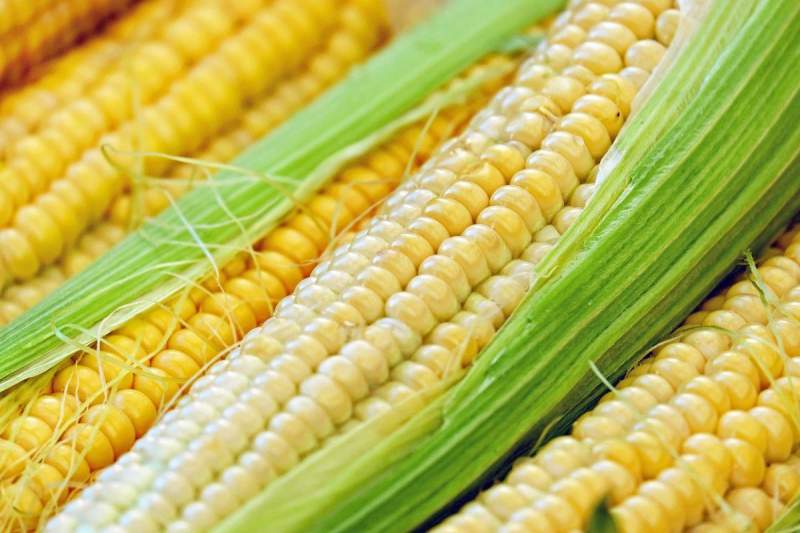
Corn is a tall plant that can overshadow and shade out smaller plants like spinach. It can also compete for nutrients and water, potentially reducing the growth and yield of spinach.
Peppers

Peppers and spinach are not considered good companion plants due to their differences in growth habits, nutrient requirements, watering needs, and susceptibility to diseases. The tall and bushy nature of peppers can shade out spinach, hindering its growth. Peppers are heavy feeders with different nutrient needs compared to spinach. Additionally, spinach requires consistently moist soil, while overwatering can be detrimental to peppers. The plants are also susceptible to different diseases, increasing the risk of disease spread. It is generally recommended to provide separate growing areas for peppers and spinach to ensure optimal growth conditions for both plants.
Eggplant

Spinach and eggplant (aubergine) are not typically considered ideal companion plants. While there are no specific negative interactions between them, they have different growth requirements and characteristics that may not complement each other well. For example, aubergine thrives in direct sunlight, whereas spinach prefers more shaded areas with cooler temperatures.
It’s important to note that while these plants may not be the best companions for spinach, they can still be grown in the same garden with proper spacing and management. Consider the specific needs and growth habits of each plant when planning your garden layout to optimize the success of your spinach crop.
Fennel

Fennel, also called Fenchel, is like a lonely wolf in the gardening world and doesn’t like anyone around.
Spinach and fennel are considered bad companion plants because they have different growth requirements and can negatively affect each other’s growth. Fennel is known to release chemicals into the soil that can inhibit the growth of nearby plants, including spinach. Additionally, fennel grows tall and can shade out the shorter spinach plants, reducing their access to sunlight. It is generally recommended to keep spinach and fennel separate in the garden.
Conclusion
By harnessing the power of companion planting, you can create a thriving and balanced vegetable garden, with spinach as the star player. The strategic selection of spinach companion plants offers numerous benefits, from natural pest control to improved soil fertility and increased yields. By experimenting with recommended pairings like strawberries, nasturtiums, and radishes, and implementing practical tips for successful companion planting, you’ll unlock the full potential of your spinach crop, creating a harmonious and bountiful garden for seasons to come. Happy growing!


